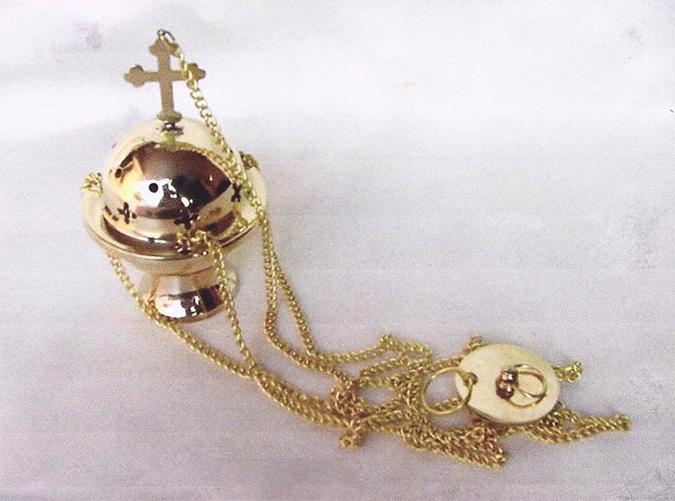The Christian cult has been around for two thousand years. During this time, his ritual practice evolved into a system of extremely complex ceremonies. Of course, for the full implementation of the latter, a material base is needed: vestments of the clergy, temple premises, church utensils and other elements without which no service and no sacrament can take place. This article will consider the issue of utensils that are used in the Russian Orthodox Church.
Temple Utensils
There are not so many sacred objects that are used in the temple space. First of all, it is a chandelier - a church chandelier. In large temples hang several chandeliers.
Unlike simple objects of illumination, chandeliers play a ritual role - they are included at certain points of worship to mark the most significant and solemn places of the ceremony. Previously, they used oil lamps or candles. Today, almost all churches use electric lighting.
The second subject of general church life is candlesticks or, as they are also called, shandals. They are a kind of dish dotted with small coasters for delicate church candles. An oil lamp is placed in the middle of the shandal , in which fire is constantly maintained. Its meaning is directly related to the purpose of the shandals - they are placed around the perimeter of the church at the icons, as well as near the altar, so that people who come to pray can put a sacrificial candle in front of the images. So that you can ignite it, and you need a constantly burning lamp.
Altar utensils
Church utensils of the altar are more diverse, since the deacon’s, priestly, and bishop’s ceremonial includes a huge variety of “lotions”. The most famous of them, of course, is a censer. This is such a metal bowl suspended on chains. Use this device for incense, that is, fumigating the temple with incense - a traditional resinous Middle Eastern incense.

But the following church utensils are of the greatest importance in Orthodoxy: chalice, diskos, spear, liar, star and protector. All together they are called the Eucharistic set, as they serve to fulfill the most important sacrament of the Christian church - the Eucharist. Chalice is a metal bowl, similar to a large goblet. Eucharistic wine is poured into it. Discos is a dish on a stand designed for bread. A spear is a kind of knife with which this bread is ritually cut. A liar, that is, a spoon, serves for the sacrament of the Eucharistic gifts of believers. A star covers the discus from above, then to lay a cover on it - a small fabric cover. The chalice is also covered with the same cover.
There are many other, less important objects of the church cult: vessels for wine, butter, bread, altar crosses, gift-givers, etc. But we will not dwell on these attributes.
Utensil Production
The presence of a huge number of Orthodox churches in Russia requires the mass production of church utensils. There are quite a few factories and workshops that offer their products to choose from, but the official and main enterprise among them is Sofrino, whose church utensils are products of the Moscow Patriarchate itself. This is a large plant serving all of Russia and some CIS countries. It is located in the suburbs in the same settlement.
There are internal orders for the clergy to prohibit or restrict the purchase of necessary cult items anywhere other than Sofrino. Church utensils at the same time have a huge cost and often do not differ in quality, which clergy often complain about.
Alternative factories produce products of an order of magnitude better quality, both in terms of internal characteristics and visual. They are located in various cities and regions. But the main place of concentration of enterprises in which church utensils are made is Moscow.
Conclusion
A complete list of church utensils has several dozen items. Among them, there are quite peculiar ones, for example, ripids - round metal images of seraphim on a long handle. Once they were made of feathers to drive away flies, but today they are used without much sense for the pomp and solemnity of bishops' services.